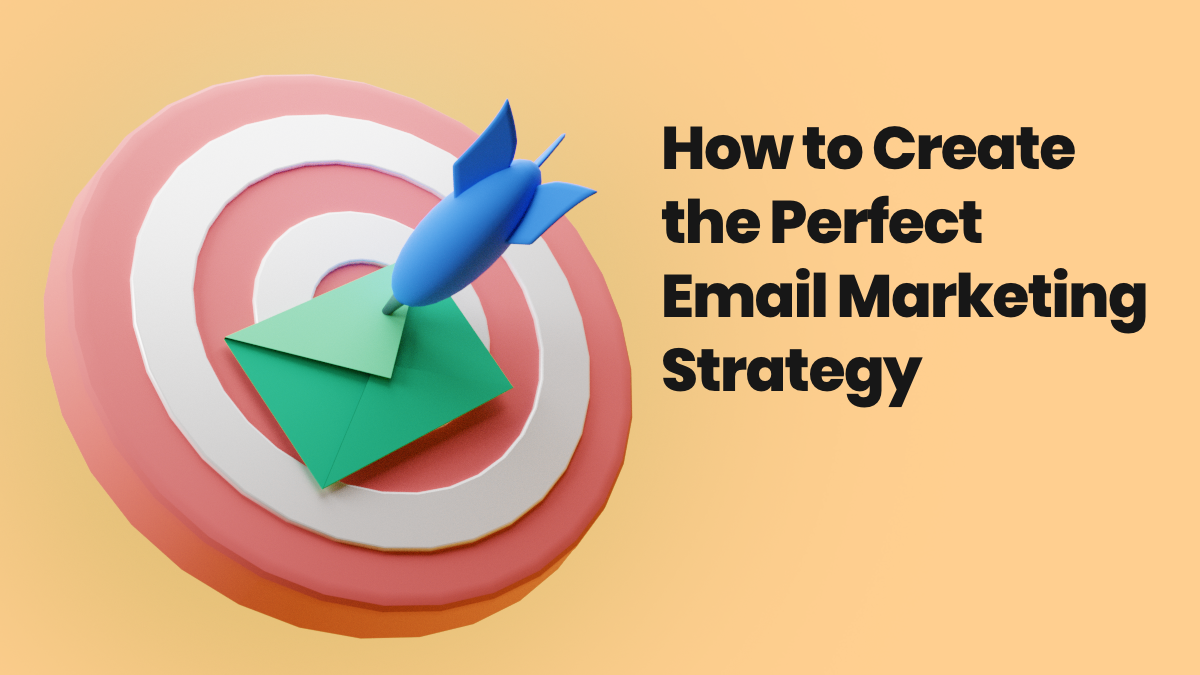
Email is pretty darn powerful. In fact, for every dollar spent on email, businesses earn 40 dollars return on their investment.
But before you can grow your email list, you need a plan. With an email marketing plan in place, you’ll have a better sense of what you need to do and who you need to target.
62 percent of businesses that document their content marketing strategy consider it to be effective. In comparison, only 32 percent of businesses with an undocumented, verbal content marketing strategy believe it’s effective.
Plus, documenting your email strategy means you’ll be more likely to stick with it, reach the right people, and achieve your goals.
Creating the perfect email marketing plan that drives results doesn’t have to be difficult. Especially when you follow these 8 steps to a successful email marketing strategy.
In this article we’ll cover how to:
Prefer watching a video to reading? Check out the video version of this post.
1 - Choose Your Email Marketing Goals
You wouldn’t run a marathon without training for the race. Similarly, you shouldn’t begin planning your email marketing strategy without setting goals.
Before you begin creating goals, take a moment to reflect upon what makes a good goal. Good goals are SMART goals. Here’s what SMART stands for:
- Specific: Avoid creating vague goals. Be sure to include details around how you plan to reach your goal(s).
- Measurable: You should be able to measure your goals with specific numbers or checkpoints.
- Attainable: When creating your goal, consider the resources you have. You need to make sure your goal is attainable with your current budget, time and skillset.
- Realistic: Your goal should be challenging, but within reach. Review historical data or research industry benchmarks to determine what this means for you.
- Time-bound: Give yourself a date by which you want to complete your goal.
When you create any goal for your email marketing strategy, make sure it aligns with these five guidelines.
[bctt tweet="When you create any goal for your email marketing strategy, make sure it's a SMART goal."]Now, let's define your business's specific goals.
Not sure what kind of goals to set for your email marketing strategy? Consider your overall business goals for this year and improvements to your email strategy that could help you reach them. Write down a list of the areas where you’d like to improve and create goals from them.
To get our creative wheels turning, you might want to focus on:
Growing your email list
With a larger email list, you’ll be able to build relationships with more people, tell them about your business, and encourage them to purchase a product or service.
Increasing your email open rates
If a lot of people aren’t opening your emails, it’ll be impossible to keep them engaged and build a relationship with them. Addressing this problem could help you increase the number of subscribers you’re able to interact with.
Improving your email click-through rates
Good email click-through rates are a sign that people like your content and your business, which can impact their purchasing decisions.
Decreasing unsubscribes and spam complaints
Decreasing unsubscribes and complaints can help improve your deliverability and ensure you’re sending engaging, valuable content to your subscribers.
Increase your email subscribers
When subscribers respond to your emails, you can communicate with them directly and build relationships that could encourage them to buy.
Asking for — and implementing — subscriber feedback
By applying subscriber feedback, you can create emails that are more useful to your subscribers, which could help you increase open, click-through, and conversion rates.
So how does this apply to you? Let’s imagine you set this goal for yourself:
I will grow my email list to 100 subscribers by the end of the year by adding a sign up form to my website and reaching out to my personal connections and asking them to join my list.
This is a great example of a SMART goal. It’s specific because it describes exactly what you’d like to do and how you plan to do it. Since it explains the number of subscribers you’d like to attain (100), it’s also measurable.
While a realistic goal will also vary from company to company, 100 subscribers in a year could be a very accessible goal for someone just getting started with email marketing.
And finally, since this goal gives a specific date by which you plan to complete it, it’s time-bound.
Bottom line: make sure to create goals that are realistic and attainable for you with your current resources and limitations.
2 - Define Your Target Audience(s)
After you’ve set goals for yourself, it’s time to determine who your ideal subscriber is and create a persona for this subscriber.
By creating a persona for your ideal subscriber, you’ll be able to attract the right individuals to your email list and send content that’s relevant and helpful. This will guide your email marketing strategy moving forward, from how you grow your email list to how you communicate with your subscribers.
Nick Westergaard of Brand Driven Digital says, “List growth is always key. But it’s not just about quantity. Quality matters. Who are you trying to reach? Who do you want to talk to more? How can you encourage them to sign up for your emails?”
[bctt tweet="List growth is always key. But it’s not just about quantity. Quality matters. -@NickWestergaard" via="no"]Your customer persona document should answer these questions:
- What is your ideal subscriber like? Male or female? Age? Married or single? Kids? Occupation?
- What are their interests?
- What is their industry?
- What are their goals?
- What are their pain points and problems?
- What could prevent or stop them from buying your product/service?
- What type of content do they consume?
To answer these questions and get quality subscribers, you need to know your audience. Once you do, you’ll understand who you want to target and how you can encourage them to sign up for your list. And after they subscribe, you’ll be able to write emails that help them resolve their unique problems.
Create your customer persona
Once you know who your ideal subscriber is, it’s time to create a customer persona that will guide your email marketing efforts. Your customer persona will take the information you gathered from defining your ideal audience and expand upon it.
First, consider what your best customers have in common. You might even want to have a phone or email conversation with a few of these customers. Then, write down all the information you have about your persona in a document or on a piece of paper.
For help creating your persona, I encourage you to use Digital Marketer’s customer avatar (their name for a persona) worksheet.
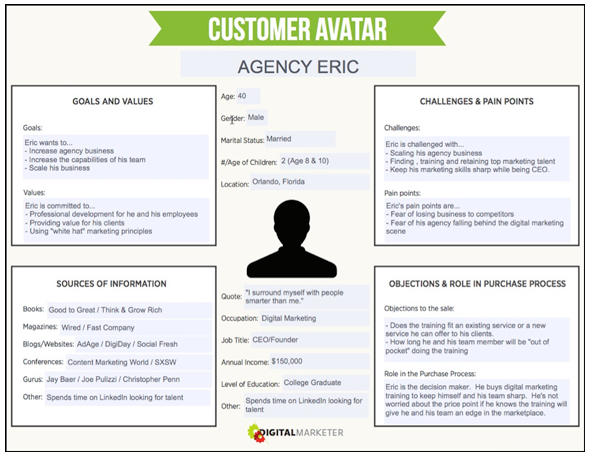
3 - Find the Right Email Service Provider
Deciding which email marketing company to set up and send your email campaigns is a critical step. You need to make sure this company checks all the boxes you need to send beautifully designed emails.
If you’re already an AWeber customer, you already know about our incredible email marketing platform and award-winning customer service department, available 24/7, so feel free to move on to the next section - Build Your Email List the Right Way.
For those deciding between AWeber and another email service provider, here are just a few reasons why AWeber is the best choice for your email marketing strategy.
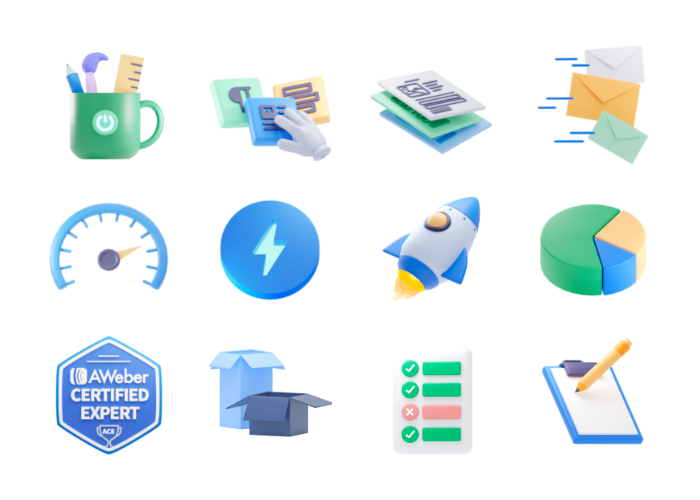
Create Easy & Beautiful Emails
You can create your emails using our Smart Designer, an AI-powered email template designer that automatically creates amazing-looking branded emails in just seconds. Or our easy drag and drop email editor which allows you to create custom emails in minutes - no coding required.
100s of Email Templates
Our mission is to do 90% of the work so you can spend more time building your business. That’s why we have a library of over 700 mobile-responsive email templates for you to choose.
Pre-built Email Reports
Easy to understand email reporting is important to any successful email marketing plan. That’s why we give you access to best-practice designed dashboards and reports. These reports are designed to deliver simple, meaningful insight into email and campaign performance.
Email Automations
Assign triggers and flows to your emails that deliver the right message, to the right person, at the right time.
Email Marketing Features
What we talk about here only begins to cover the tip of the iceberg. AWeber’s email marketing features include everything you need:
- Industry leading email deliverability
- Automated tagging
- Personalized communications
- Email split testing
- Custom segmentation
- Landing page builder
- And so much more
4 - Build Your Email List the Right Way
So far, you’ve laid out your email marketing goals, established your customer persona, and settled on an email service provider.
Before you can send your emails, you need an email list. If you already have a list, I’m sure you’d like to see that list grow.
How to Grow Your Email List
The strategy you execute to grow your email marketing list may vary, but one thing must be consistent: your customers need to opt-in to receive your emails. Any email sent without permission is considered spam.
Here are some permission-based email opt-in strategies:
- Put a sign up form on your Facebook, Twitter, or other social media pages.
- Have a signup form on your website.
- Experiment with pop up forms on your website.
- Create a lead generation landing page using AWeber’s Landing Page Builder. Offer something of value in exchange for their email address.
- If you have a physical location, attend trade shows, or have a call center, simply ask for a potential customer's email address.
- Have a “Forward to a Friend” link in every email you send.
5 - Create a Tracking and Reporting Document
By tracking and measuring the performance of your email marketing campaigns you will be able to determine:
- Your content performance
- Where you need to make improvements
- How frequently you should be sending emails
- Which lead source is performing the best
- The health of your email list
What Needs to be Included?
An easy format to use is Microsoft Excel or Google Docs. Your document should include the following information:
- Date of Send
- Audience (segments) sent to
- A brief summary of the email
- Email Marketing KPI’s (Key Performance Indicators)
- Number of emails sent
- Number of emails delivered
- Delivery Rate (Delivered/Sends)
- Emails Opened
- Open Rate (Emails Opened/Delivered)
- Emails Clicked
- Click Through to Open Rate (Emails Clicked/Opened)
- Opt-outs
- Opt-out Rate (Opt-outs/Delivered)
- Post analysis comments
Why are Email Marketing KPI’s Important?
Each KPI tells a story about your email marketing strategy. Knowing how to read each statistic will help you determine what to test, leading to a more successful email marketing strategy.
Here we will focus on the main 4 email KPI’s:
Delivery Rate
Your delivery rate should be in the high 90s. Anything below this number needs to be addressed. A low delivery rate could be indicative of two things: poor list quality or the wrong email service provider.
Address your list quality first. If your sends are segmented by the source they signed up for your list (i.e. a form on your social channels or a landing page), see if one source is the reason for the low delivery rate. If the low delivery rate appears across multiple segments, consider cleansing your email list.
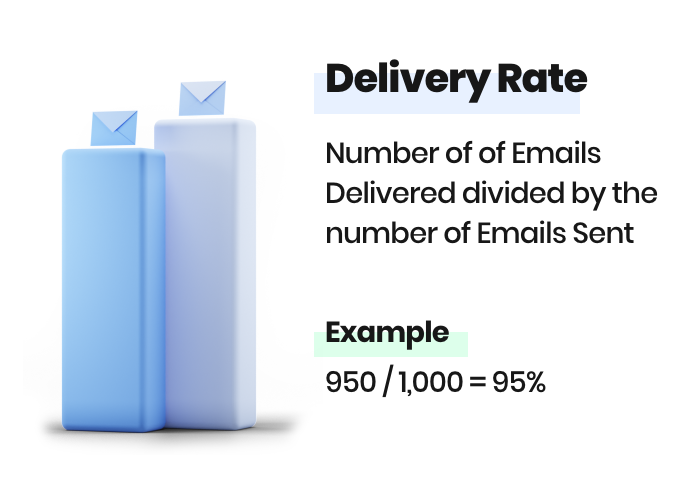
Open Rate
Your email open rate is directly tied to your subject line and possibly your subheader. What is considered a good open rate will vary by industry, but on average, a healthy open rate may be anywhere between 15%-25%.
If your open rate is low, consider testing different subject lines or preheaders to see what style works best with your customers.
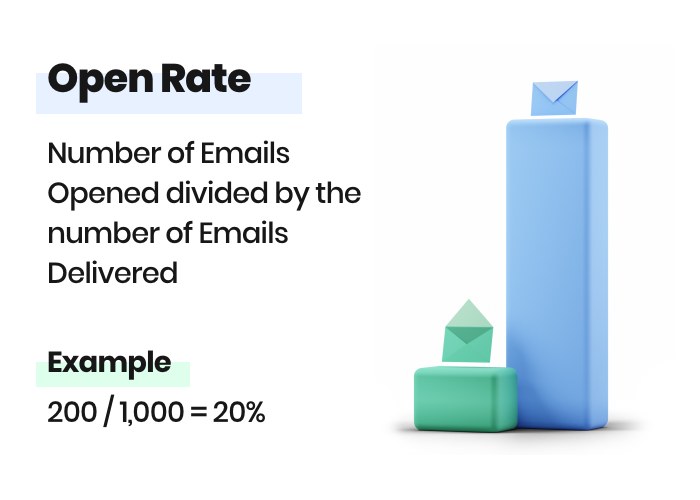
Click Through-to-Open Rate
There are several factors which could go into a low click through-to-open rate, such as your email design, your content, your call to action — really any element in the body of your email.
It is a little more challenging to isolate what may be causing a low click through-to-open rate, which is why you need to set up some A/B test splits to determine the cause.
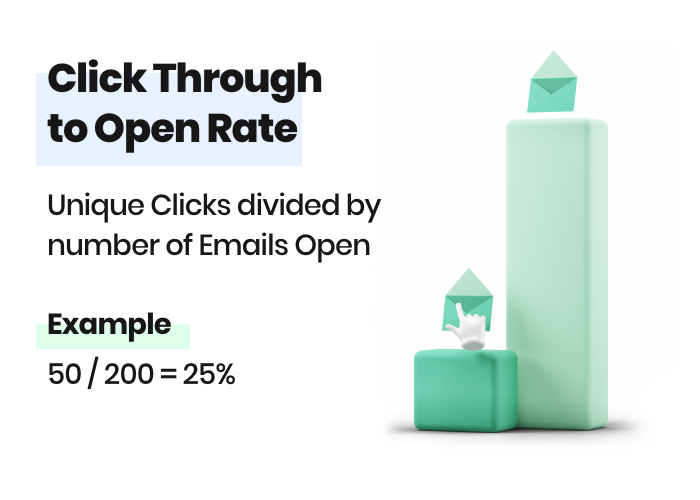
Opt-out Rate
We get it. It’s not fun to see people unsubscribe from your list. But, it happens to all of us.
Generally a good (low) unsubscribe (or opt-out rate) is below 0.2%. But anything above 1% is a problem. Determining why customers are opting out can be a challenge, so be proactive. Set up a brief survey for people who do opt out asking why.
Example of an opt-out survey
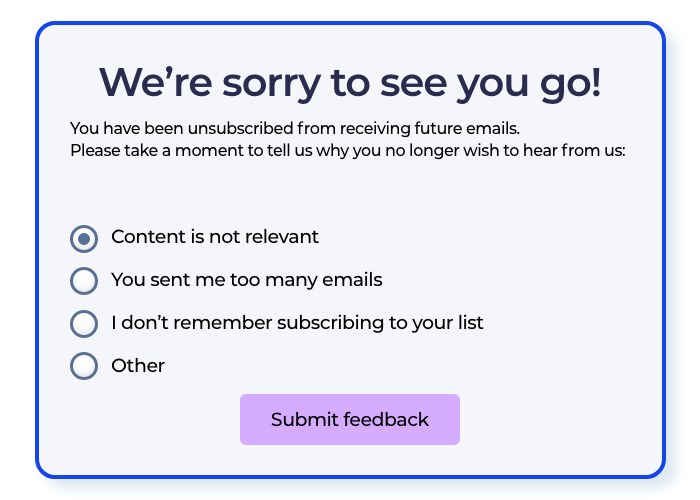
This will help determine how to tackle the issue should it arise.
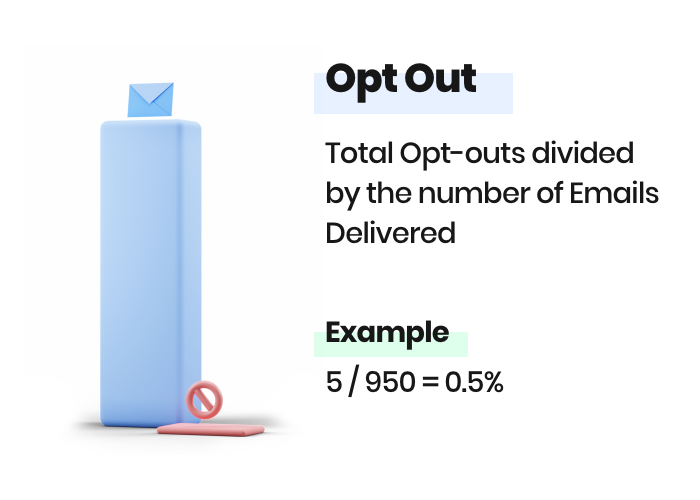
6 - Create an Email Marketing Strategy Calendar
Creating an email marketing calendar will allow you to map out your strategy. The goal of an email send calendar is so you can easily view when you plan on sending emails and to which segments. It ensures that you send the right messages to the right audience at the right time. This will allow you to get the most out of your marketing efforts.
Create your calendar so it makes sense to you. Color code different segments or messages so you can quickly glance at your strategy.
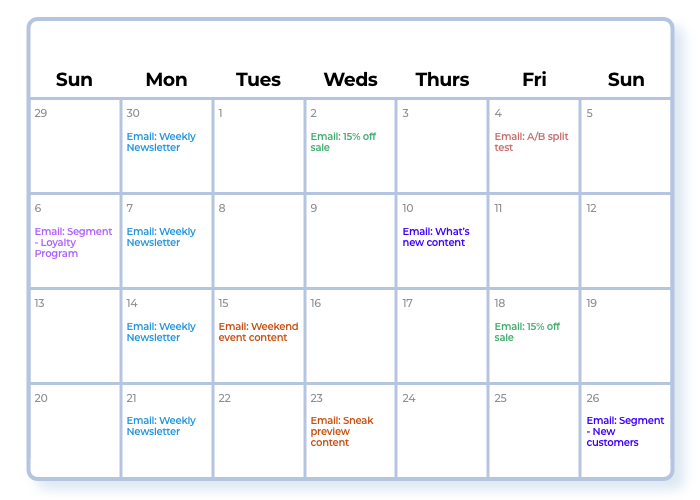
7 - Start Sending Email Campaigns
Once you create your email marketing strategy, it’s time to set up and send your first campaign. Based on your calendar, you know the audience and message you plan on sending.
When creating your email, you can start with an email template (AWeber has over 700 to choose) or you can use a drag and drop editor.
Email Marketing Guidelines
Here are a few general email marketing guidelines you should follow when designing your email:
- Add a logo to your email. Make sure people know who the email is from.
- Have a call to action based on the purpose of your emails
- Drive traffic to a landing page
- Trigger a phone call
- Increase foot traffic
- Place an online order
- Make sure email laws are being followed for the country you are sending emails to. In the United States there is the CAN-SPAM Act.
8 - Analyze Performance
Once the email campaign has been sent, it’s time to analyze the results. Add the results of your campaign to the document you created to track your KPI’s. Figure out what worked, what didn’t, and how can you improve the email performance for your next send.
In order to optimize your emails, you may need to set up a series of A/B split tests for your next several campaigns.
Conclusion
You don’t have to be a professional marketer to become an email marketing master. AWeber is here to help you. We have hundreds of tips to help you grow your business
Need more help getting started with email marketing? Get the full experience by checking out the Ultimate Guide to Email Marketing!
source https://blog.aweber.com/email-marketing/plan-an-email-marketing-strategy.htm
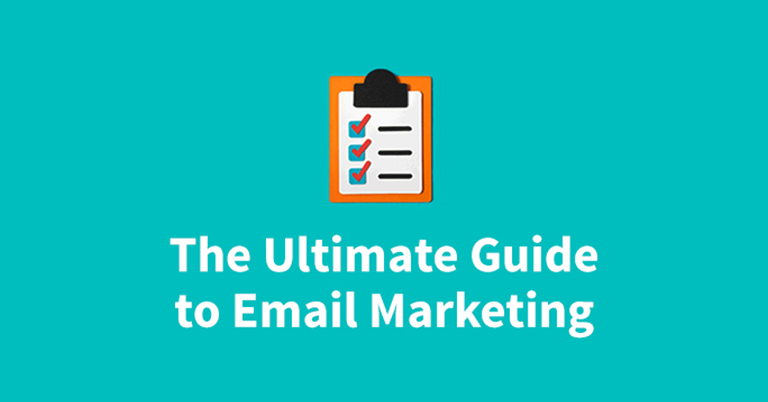
No comments:
Post a Comment